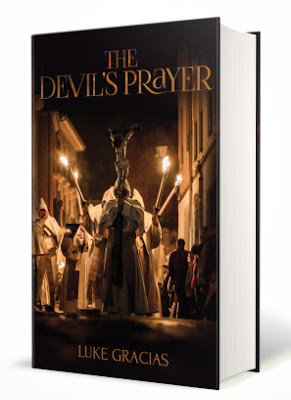Background
This is a summary of my NetGalley experience as a self-published debut author, which I believe may be of assistance to other self-publishing authors and may also be of interest to NetGalley readers.
Around the end of June 2016, , I listed my ebook The Devil’s Prayer with NetGalley, to generate reviews. The entry level for a single title listing at the time was $399 (All prices are 2016 prices in USD). I chose the $599 package which in addition to the listing includes one marketing newsletter.
Over the next six months, I chose to try out the various marketing tools from the NetGalley shed. I spent a further $1,540 on a variety of NetGalley promotions, including a Category Spotlight placement, a Featured Title placement and two promotional eBlasts. At just over $2,000, (including the listing fee of $599), it is a big spend on a single title. I have shared my experience here as it will give you some insights into what NetGalley can do for your book and may help you decide if NetGalley is for your book, and whether the individual promotional packages are worth the money spent.
What is NetGalley?
NetGalley is a web-based on-line book review portal, where publishers promote their titles to readers of influence. Publishers pay to list their books and reviewers interested in the titles can request a copy to review for free. NetGalley has some 350,000 members (mostly reviewers and the balance comprised of booksellers, librarians, media and educators), many of whom are avid readers of influence and bloggers. It is used predominantly by publishers to get titles reviewed before these are released. If you are self-publishing, the advantage of listing your book post commercial release is that you can accumulate book reviews on consumer websites like Amazon and Goodreads.
Read the whole article HERE
